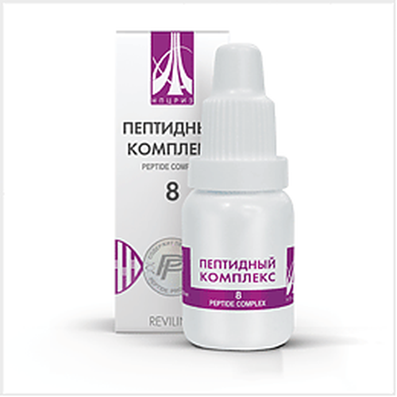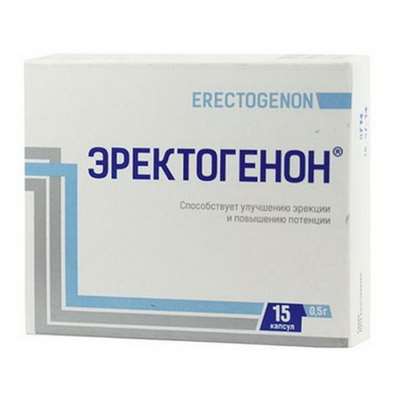Quantitative assessment of peptide hormones in doping tests
11 Dec 2016
The world anti-doping code of the Olympic Movement of January 1, 2003 contains the following formulation: "presence of the increased concentration of endogenous hormone at a class (E) or its diagnostic marker (markers) in urine of the athlete is considered violation if only it isn't proved that it is caused by its special physiological or pathological condition". Unfortunately, in case of peptide hormones determination of "the increased concentration" of hormone in some cases is extremely difficult or even impossible. Secretion of some peptide hormones in a human body happens rhythmically, i.e. content of hormone in blood submits to a circadian rhythm. Moreover, the level of secretion of hormone depends not only on age and a sex of the person, but also on external conditions (temperature, atmospheric pressure), a stress (psychological or physiological), the mode of a dream, nature of food or the mode of training. Time of life of the majority of peptide hormones is extremely short and it also leads to considerable fluctuations of their concentration in blood. Thus, simple determination of content of hormone only in some cases (horionichesky gonadotrophin at men) allows to show abuse of hormonal medicines. Despite statements which appear sometimes in the public press high concentration of somatotropny hormone of the person, for example, can't be considered as the sufficient evidence of use by the athlete of recombinant STG at all (Armanini et al., 2002).
One more problem consists in detection of the peptide hormones of rekombinatny origin used as dope. Received by an expression in the vitro system of the protein coded by the sequence of a gene of the person, hormones of an artificial origin are identical to natural hormones on the amino-acid sequence, so, and on physical and chemical properties. After a hormone injection in an organism to find out an origin of a separate molecule of hormone it is represented already impossible. You can try Hepatamin.
Carrying out detection of peptide hormones for the purpose of a drug test is complicated also by the fact that unlike simple, small and stable molecules of steroid hormones peptide hormones are big molecules with very complex and labile three-dimensional structure. In many cases peptide hormones very quickly degrade, are involved in processes of metabolism and split. Processes of removal with urine are very difficult and many of them still remain misunderstood. Besides, concentration of peptide hormones in urine is often much below than their content in blood. It means that urine — biological material which is traditionally used when carrying out analyses for a drug test — in case of the majority of tests for peptide hormones has limited value. Performing blood tests with all that it implies from here ethical and legal problems is necessary (Birkeland, Hem-mersbach, 1999).
At last, the problems connected to creation of tests for a drug test of peptide hormones are caused by methodical distinctions in determination of the peptide and steroid hormones described above. Steroid hormones are defined by methods of a gas chromatography and mass-spectrometry (GH/MS) for a number of years thanks to what in the laboratories accredited by the International Olympic Committee (IOC) there is the appropriate analytical equipment and sufficient experience is accumulated. In many cases of GH/MS is considered as a standard or "the gold standard" in case of determination of hormones. Unfortunately, these methods were never applied to the analysis of peptide hormones, and now the protocol which could be applied when carrying out a drug test (Bowers, 1997 is still not developed; Hilderbrand et al., 2003). All methods of determination of peptide hormones which exist now or as it is supposed, will be developed in the near future, based by immune analysis method, in case of the erythropoietin added by confirmation with use an izoelektrofokusirovaiia (IEF).

 Cart
Cart





